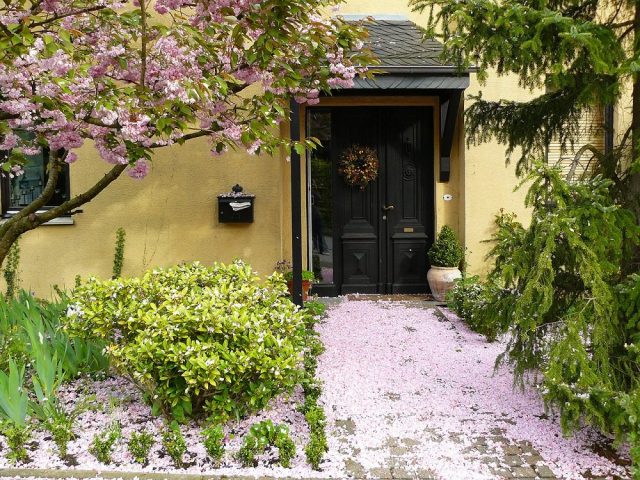Why Women Love The Home But Not Being A Homemaker, by Carrie Gress and Noelle Mering

Indiana Abortionist Klopfer’s Conduct Shines Light on Darkness of Abortion, by Lauretta Brown
September 28, 2019
Millennials Are Moving to the Suburbs. Parishes: Are You Ready? by L’Alto Catholic Institute
September 28, 2019
By Carrie Gress and Noelle Mering, The Federalist, September 26, 2019
Over the past decade, our culture has seen a resurgence of interest in the domestic arts. What was old seems new again.
Contemporary McMansions are shunned for old farmhouses or low-slung mid-century homes. Convenience food is something we buy sheepishly, opting instead to wear aprons while making simple, slow meals served on hand-thrown pottery. We knit, sew, quilt, and even quill. If it is a craft, it has probably made, or is about to make, a social comeback from prior relative obscurity.
What is interesting about this rise in the domestic arts is that it is not necessarily springing from an equal rise in our appreciation of homemaking. This can be interpreted in different ways. Maybe we are inadvertently seeking the comfort represented in caring for home, perhaps because that comfort was denied to us. Maybe it is just an acknowledgement that convenience has come with a cost.
Either way, we seem to like the trappings of what homemakers do, without the actual daily grind of making a home for others. Why? Some of this might be attributed to irrational social taboos against homemaking, but the answer is likely more complex.
How People Find Happiness
If we look to different metrics to understand how humans define happiness, a few patterns emerge. While lists vary, bestselling author and consultant Patrick Lencioni discusses three common elements to evaluate vocational happiness. Lencioni asks: 1) Am I respected and known in my job? 2) Do I know why my job matters? and 3) Am I progressing in my work, and is there a measure for this progress? ….
Read more at thefederalist.com/2019/09/26/why-women-love-the-home-but-not-being-a-homemaker/




